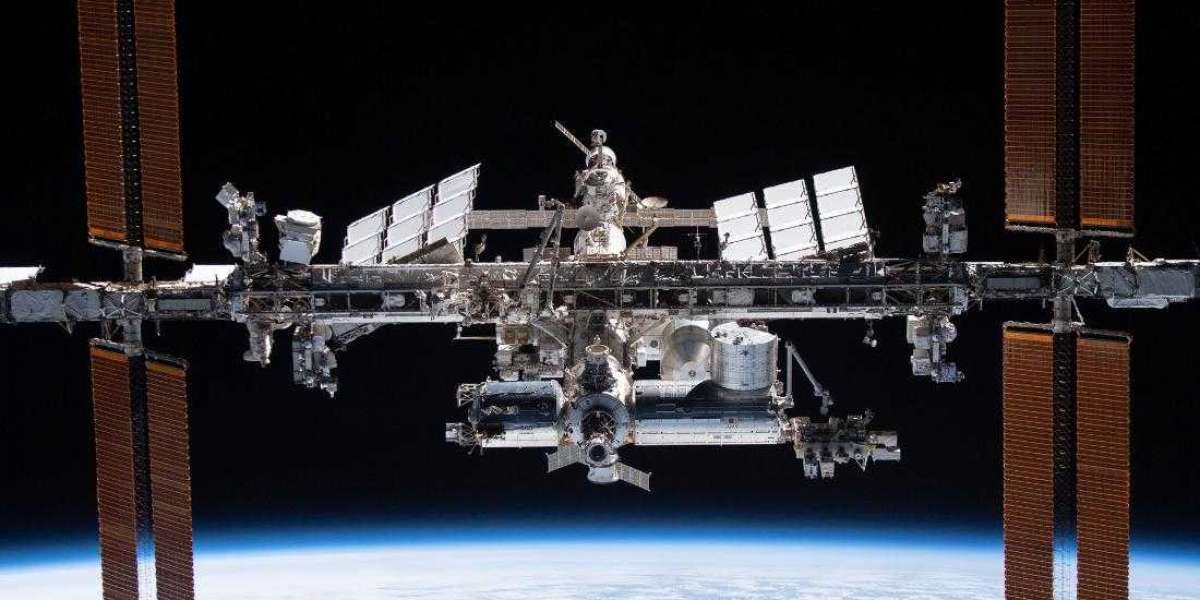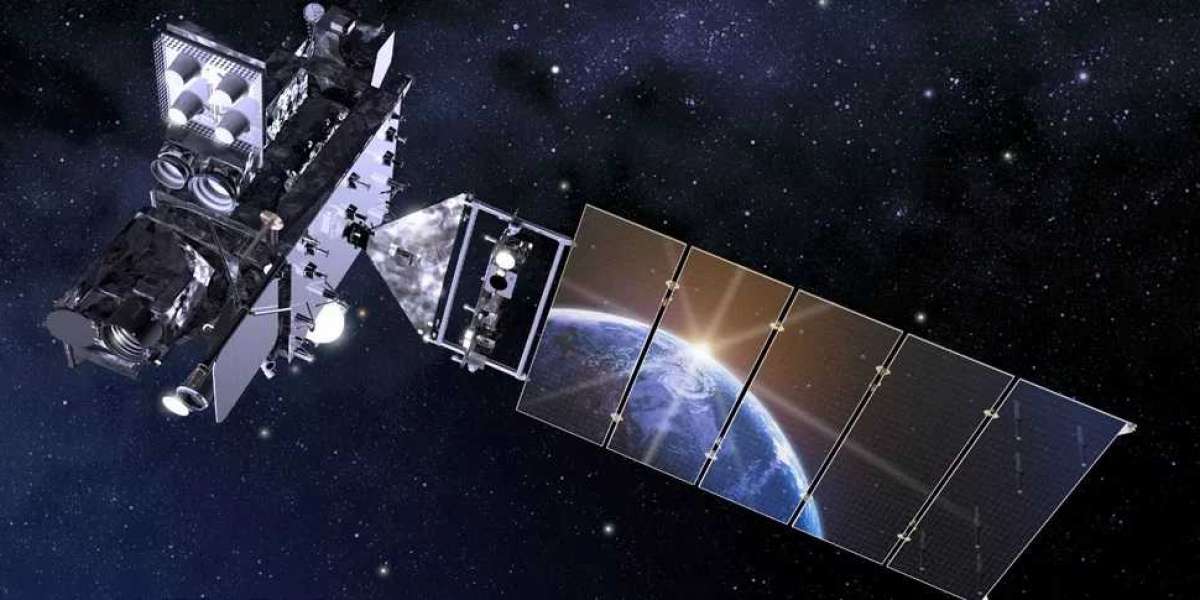The final nine years of the International Space Station will be hectic.
NASA today released a study describing the big-picture aims for the orbiting lab's remaining operational life, which is set to terminate in January 2031 with a controlled deorbit.
These objectives include enabling deep space exploration, performing research for the benefit of humanity, motivating our species to greater heights, leading and supporting international cooperation, and assisting the commercial spaceflight industry in the United States in gaining traction.
"The International Space Station is entering its third and most productive decade as a groundbreaking scientific platform in microgravity," Robyn Gatens, director of the International Space Station at NASA headquarters, said in a statement Monday (Jan. 31). (The orbiting lab has hosted rotating astronaut crews continuously since November 2000.)
"This third decade is one of results, building on our successful global partnership to verify exploration and human research technologies to support deep space exploration, continue to return medical and environmental benefits to humanity, and lay the groundwork for a commercial future in low-Earth orbit," Gatens added. "We look forward to maximizing these returns from the space station through 2030 while planning for transition to commercial space destinations that will follow."
The NASA has stated that it hopes to have at least one of these commercial outposts operational before the ISS is decommissioned, in order to avoid a research gap. Such work is required in order to prepare for ambitious projects such as crewed flights to Mars, which NASA hopes to complete in the 2030s.
According to the new 24-page "International Space Station Transition Report," NASA's agreements with Blue Origin, Nanoracks, Northrop Grumman, and Axiom reflect the first phase of a planned two-phase effort to promote the construction of commercial low-Earth orbit destinations (CLD) during the 2020s.
"The first phase is expected to continue through 2025," the report states. "For the second phase of NASA’s approach to a transition toward CLDs, the agency intends to certify for NASA crewmember use CLDs from these and potential other entrants, and ultimately, purchase services from destination providers for crew to use when available."
According to the report, the second phase of this strategy will be comparable to NASA's method with private crew transportation services to and from the ISS. Both SpaceX and Boeing were awarded multibillion-dollar contracts by the agency in 2014. Since May 2020, SpaceX has launched six crewed trips to and from space using its Falcon 9 rocket and Crew Dragon capsule. Before the CST-100 Starliner can carry astronauts, Boeing must complete an uncrewed test voyage to the ISS.
According to the paper, switching from the ISS to private outposts will save NASA a significant amount of money, which it may invest toward deep-space exploration initiatives.
"This savings is estimated to be approximately $1.3 billion in 2031, ramping up to $1.8 billion by 2033," the report states.



